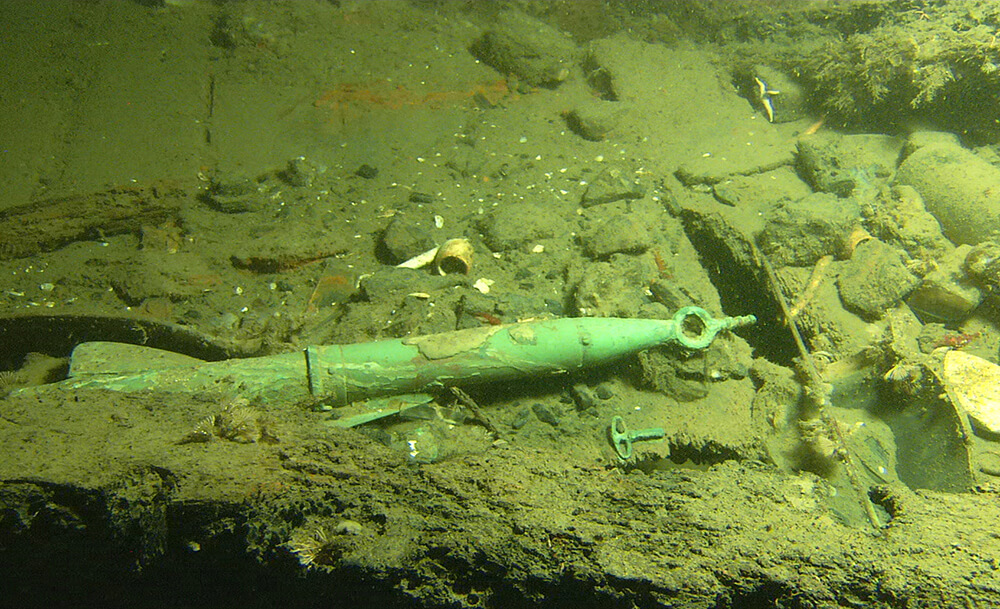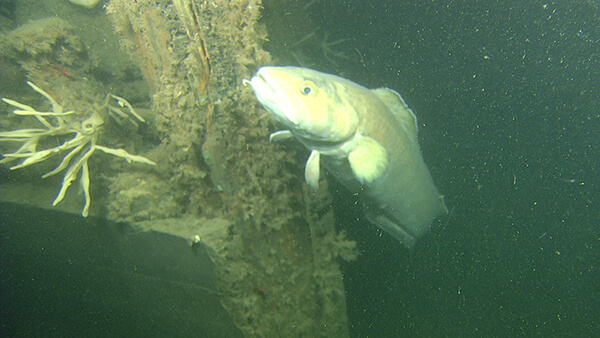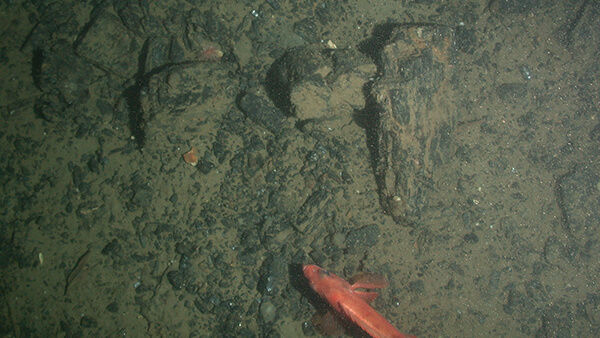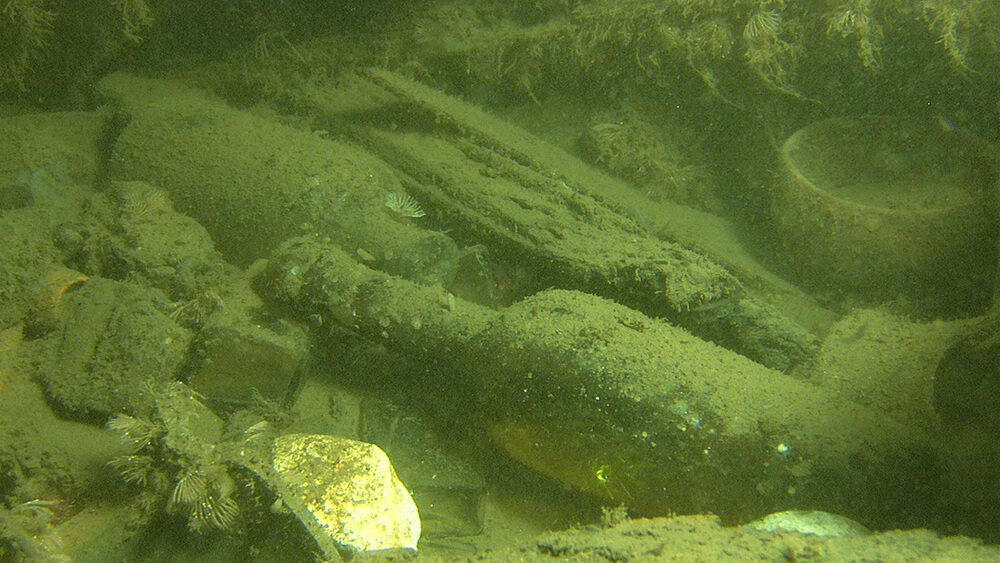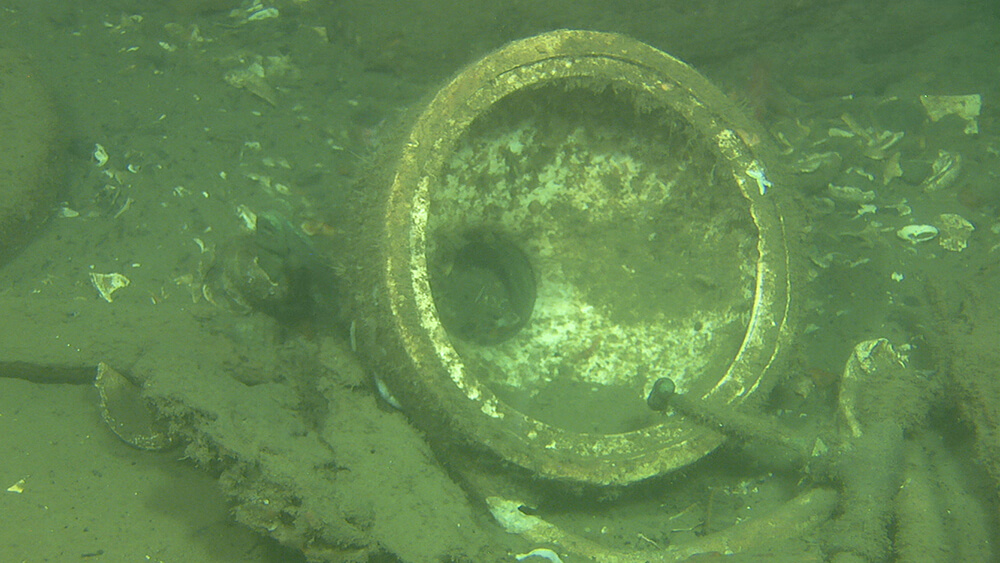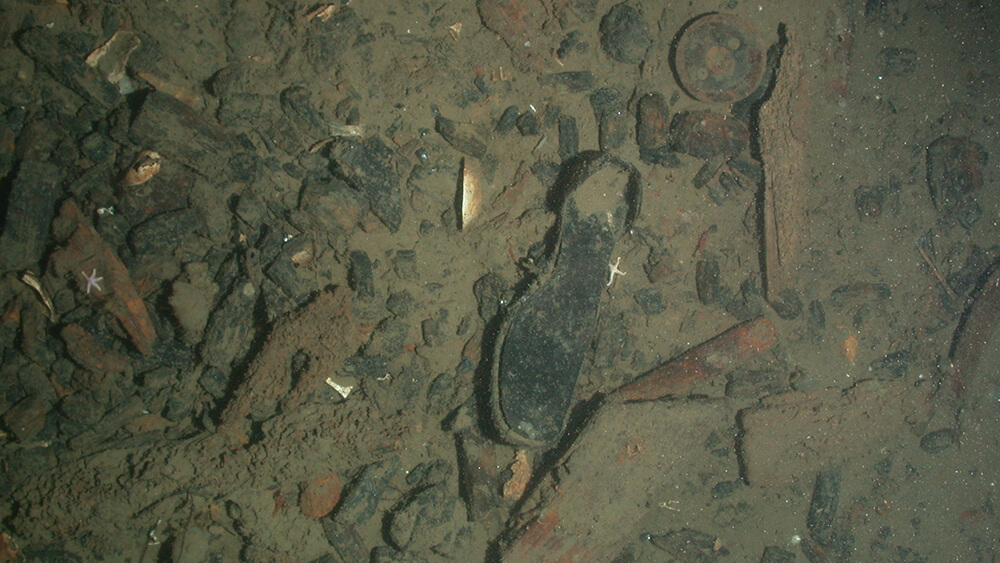Mystery Collier
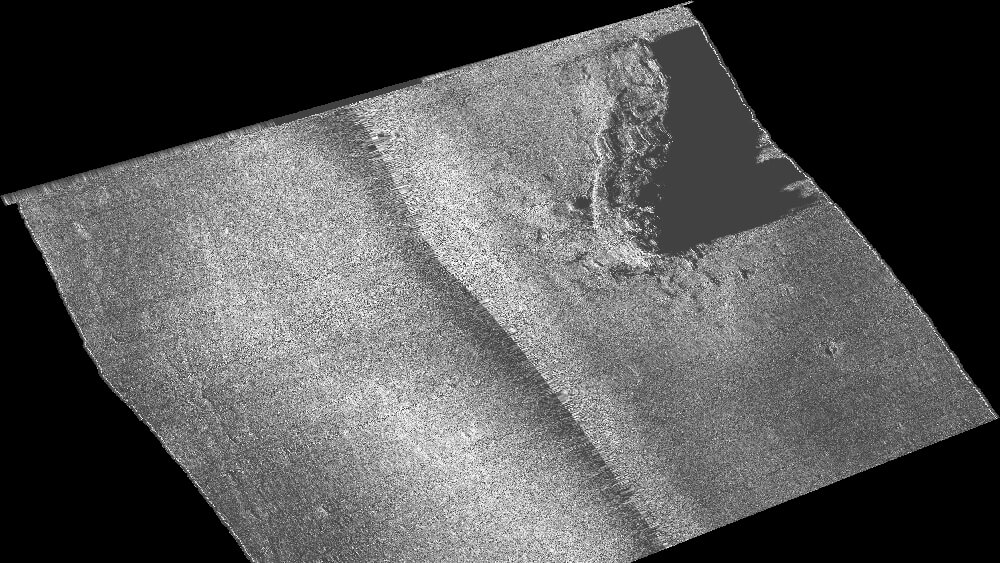
Ship Stats
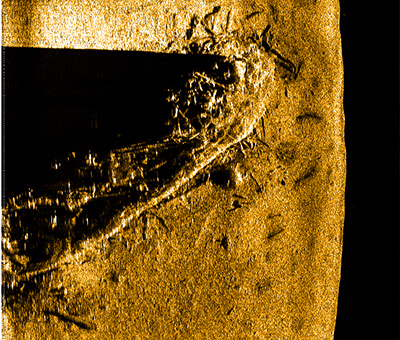
Depth: over 400 feet
Length: 108 feet* Breadth: 23 feet*
Depth of Hold: Unknown
* as measured by side scan sonar where vessel rests on seafloor
Built: Year unknown; wooden, two-masted schooner, builder unknown
Cargo Capacity: Unknown
Port of Registry: Unknown
Owner: Unknown
Date Lost: Possible late 19th or early 20th centuries
Crew: Unknown
Sunk By: Unknown Survivors: Unknown
Data Collected on Site: Side-scan sonar; ROV photography and video
Significance: Possibly late 19th or early 20th century sailing technology. Vessel representative of regional trading and exchange of raw materials and commodities between Boston and Maine. Unknown identity provides researchers opportunities to fill in gaps of knowledge and history.
Present Day
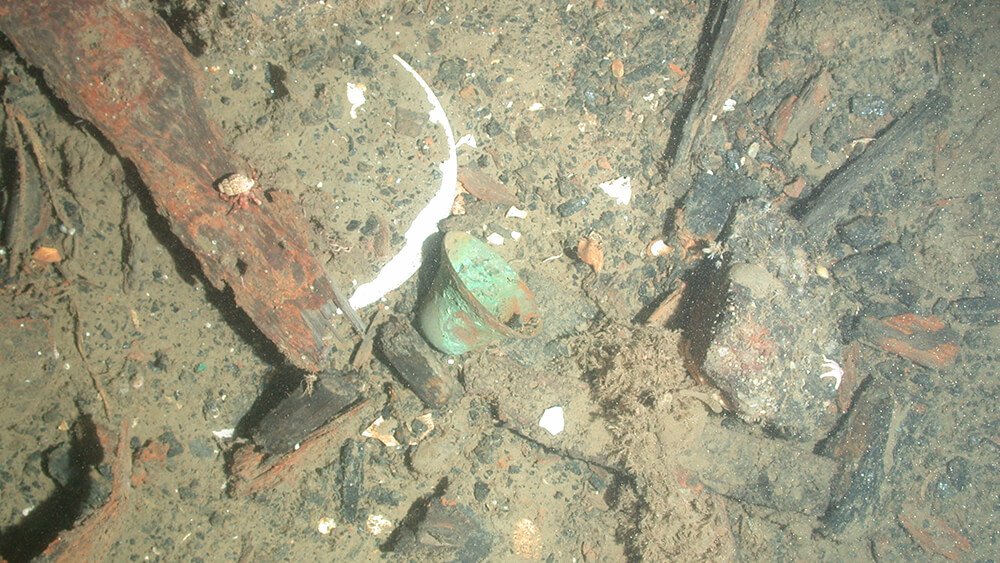
In 2003, the sanctuary located a coal carrying sailing vessel or collier, much smaller than either Frank A. Palmer or Louise B. Crary. Vessels of this size were more common than great coal schooners and carried coal to heat people's homes, power textile factories, and fuel railroads during the 19th and 20th centuries. The sanctuary is studying this unidentified collier shipwreck to discover its identity and learn about its crew. Archaeologists used a remotely operated vehicle (ROV) to record video of the shipwreck's diagnostic features, such as the artifacts found on its deck and its construction features. These clues will help researchers narrow down the time period in which the vessel operated.
The ship's location near the sites of Portland and Palmer-Crary wrecks gave researchers the opportunity to include this wreck in a multi-year shipwreck exploration telepresence project in 2019-2020. For more information about the mission with Woods Hole Oceanographic Institution and Marine Imaging Technologies, visit the Sanctuaries Live webpage.
Historical Background
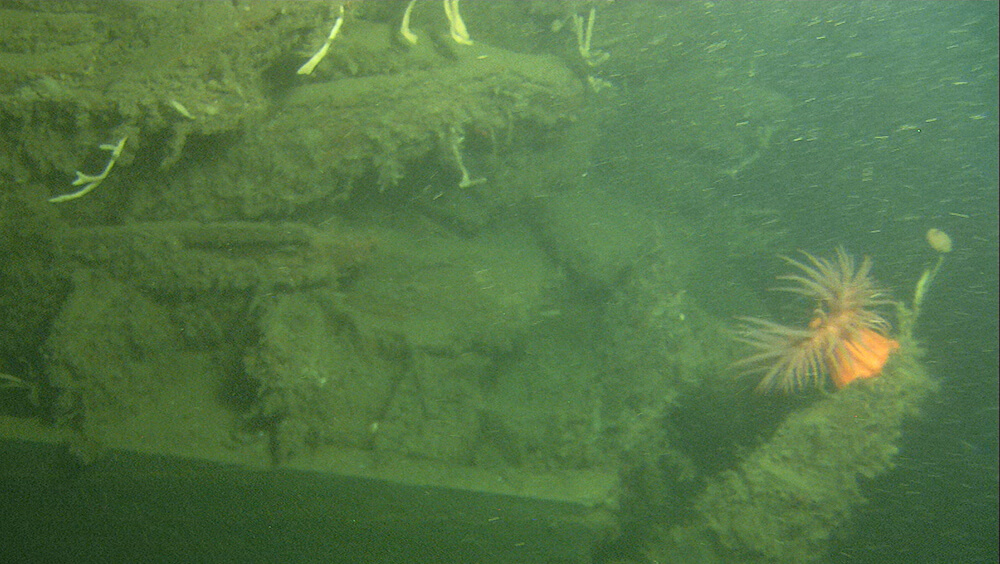
The coal trade between New England and the mid-Atlantic states supported a large fleet of sailing colliers during the 19th and early 20th centuries. Most of these vessels were schooners with anywhere from two to six masts. The smaller schooners with two masts, represented by this site, carried cargoes of ice or stone south and returned north with holds full of coal.
